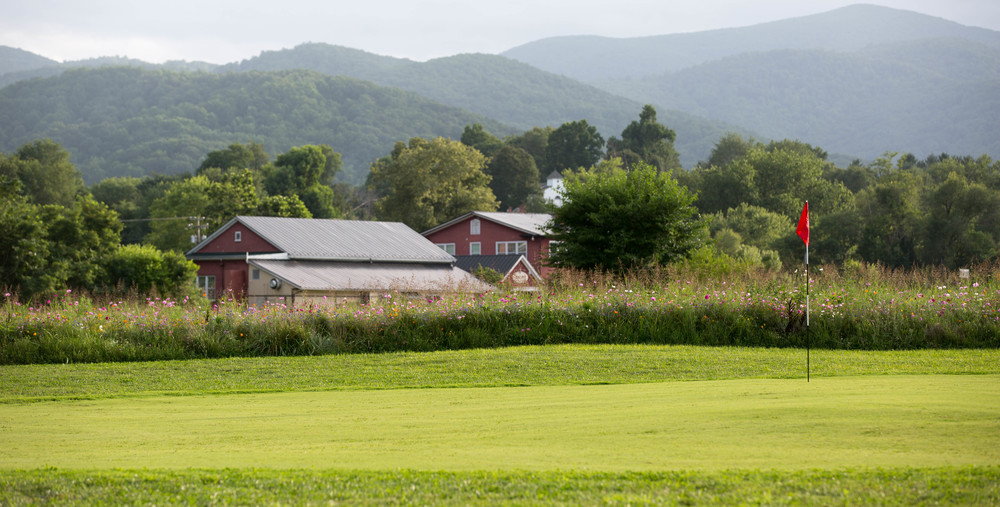Of all the things that can go wrong in sports, professional athletes climbing into the stands and fighting with drunk fans might be the worst nightmare of any league executive. The 2004 Pistons-Pacers brawl, affectionately dubbed “The Malice at the Palace,” stands in a league of its own in terms of pure insanity in professional sport.
To summarize the chaos as briefly as possible, league stars Ron Artest and Ben Wallace got into a fight at the tail end of a blowout game. Artest laid down on a press table in an attempt to calm down, where he was met with a cup of beer thrown by a drunk and boorish fan. Artest climbed into the stands to confront the fan and was followed by his fellow players, causing the officials to call the game with 45.9 seconds left. When it was all said and done, Artest asked a simple question to his teammates in the locker room: “Are we gonna get in trouble?” The NBA was kind enough to provide him with an immediate, resounding “yes.”
Artest was suspended for the remainder of the season, which totaled 86 missed games. Stephen Jackson, who followed Artest into the stands, was suspended for 30 games. Jermaine O’Neal, Ben Wallace, Anthony Johnson, Reggie Miller, Chauncey Billups, Derrick Coleman, and Elden Campbell all received suspensions. All in all, the brawl cost the men involved a combined total of $11,548,832 in salary from missed games.
On top of the punishment from the league, the players involved received criminal charges. Artest, O’Neal, and Jackson were all sentenced to one year of probation, 60 hours of community service, and anger management counseling. The fans were also criminally charged and banned from attending Pistons home games. The NBA also beefed up their security between the players and stands and limited the amount of alcohol that could be sold to fans.
Despite the brutal, swift reaction from the NBA, the response to the brawl was much more polarizing in the fanbase and the media. Opinions on the brawl ranged from “it was completely the fault of the drunk fans,” to “NBA players are all violent thugs,” to “I am going to blow up the Palace when the Pacers come back here.”
Regardless of whose fault anyone thought it was, the NBA had to ensure something this damaging to their reputation could never happen again. The suspensions and criminal charges were a good start. Suspending stars like Artest showed they were taking the situation seriously, but the increased security made entering the stands basically impossible. The league made the right calls and handled the situation about as well as you can handle something as ridiculous as something called “The Malice at the Palace.”
